-
James Webb telescope reveals ‘impossible’ auroras on Jupiter that have astronomers scratching their heads
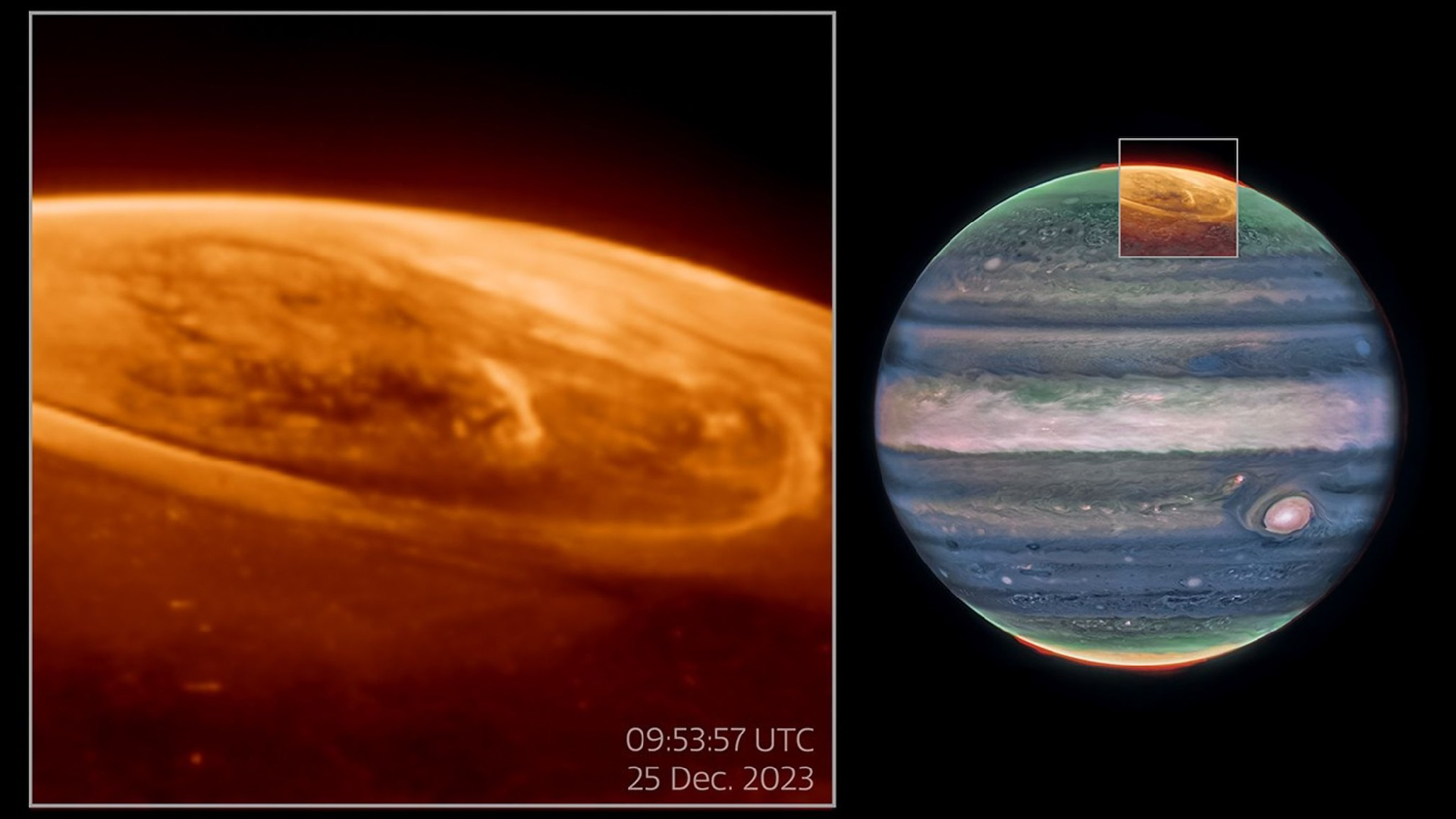
On Christmas Day in 2023, scientists trained the James Webb Space Telescope (JWST) on Jupiter’s auroras and captured a dazzling light show. The researchers observed rapidly-changing features in Jupiter’s vast auroras using JWST’s infrared cameras. The findings could help explain how Jupiter’s atmosphere is heated and cooled, according to a study published May 12 in…
-
Astronaut sees ‘Flower Moon’ from orbit | Space photo of the day for May 13, 2025

NASA astronaut Nichole Ayers, an Expedition 73 crew member aboard the International Space Station, photographed the full “Flower” moon in May 2025. (Image credit: NASA/Nichole Ayers) The May 2025 full moon, dubbed the “Flower Moon,” is seen above Earth’s horizon in a photo taken by NASA astronaut and Expedition 73 crew member Nichole Ayers aboard…
-
Volcanoes shaped the moon from the inside out, scientists find: ‘Our team was genuinely puzzled’
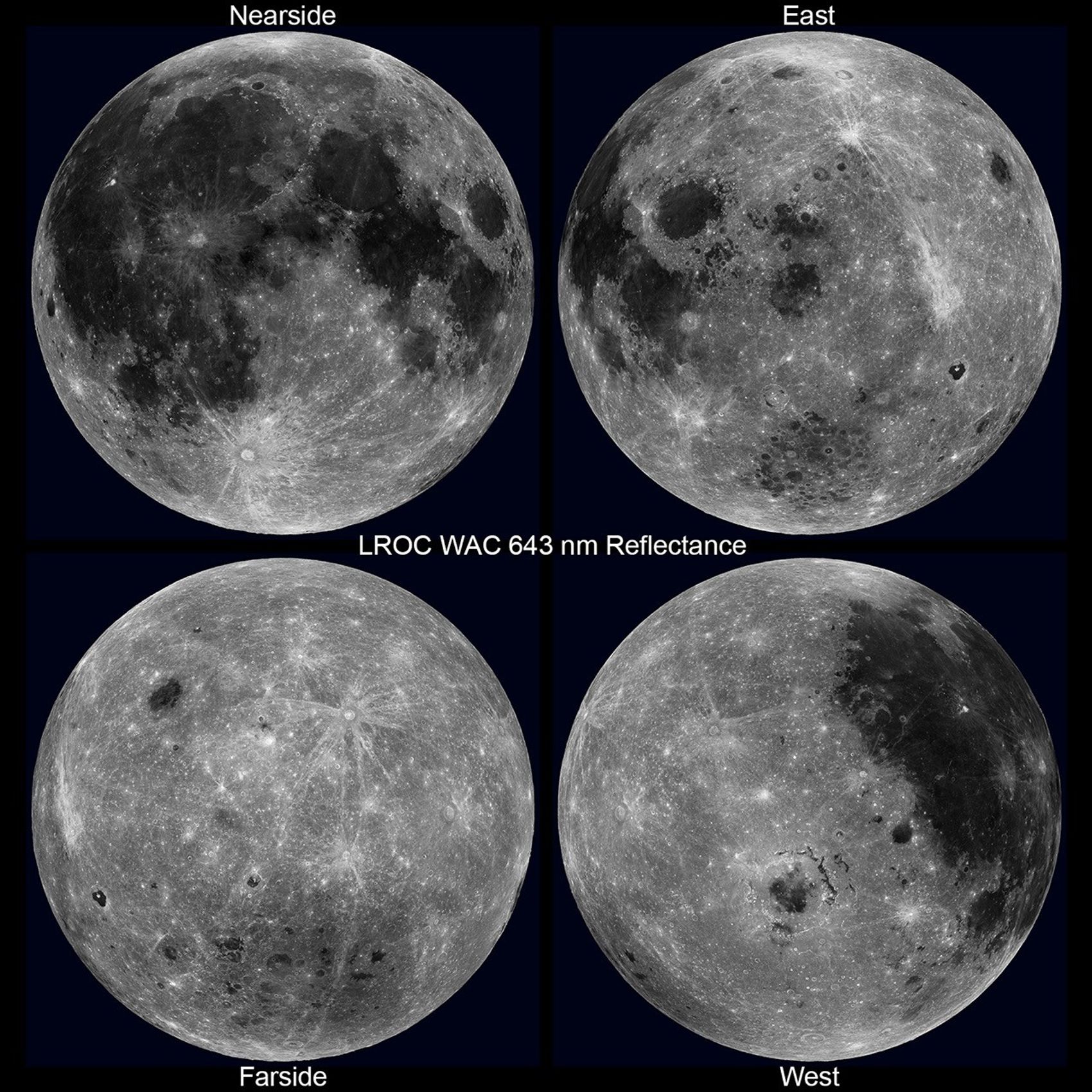
Ancient volcanic heat may have shaped the moon from the inside out, keeping one side thinner, warmer and more geologically active than the other, a new study suggests. The moon’s nearside is scarred by massive impact basins, while its farside features far fewer and smaller basins, and a significantly thicker crust — an imbalance that…
-
James Webb Space Telescope captures ghostly images of clouds on Saturn’s largest moon Titan
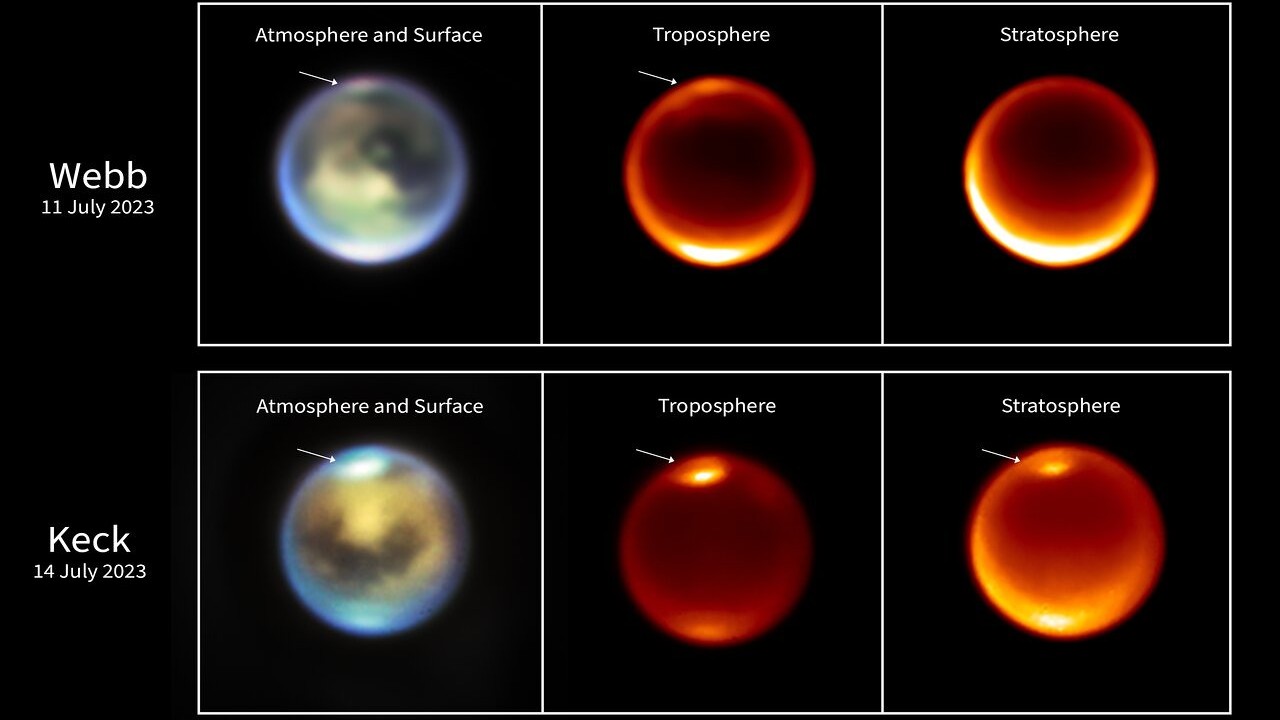
The James Webb Space Telescope has peered into the atmosphere of Saturn’s largest moon Titan, capturing the first evidence of cloud formation in this moon’s northern hemisphere. Titan is the second largest moon in the solar system, right behind Jupiter’s Ganymede. A team of scientists pointed the James Webb Space Telescope (JWST) at Titan in…
-
China is sharing priceless moon samples with international partners, but NASA can’t be a part of it
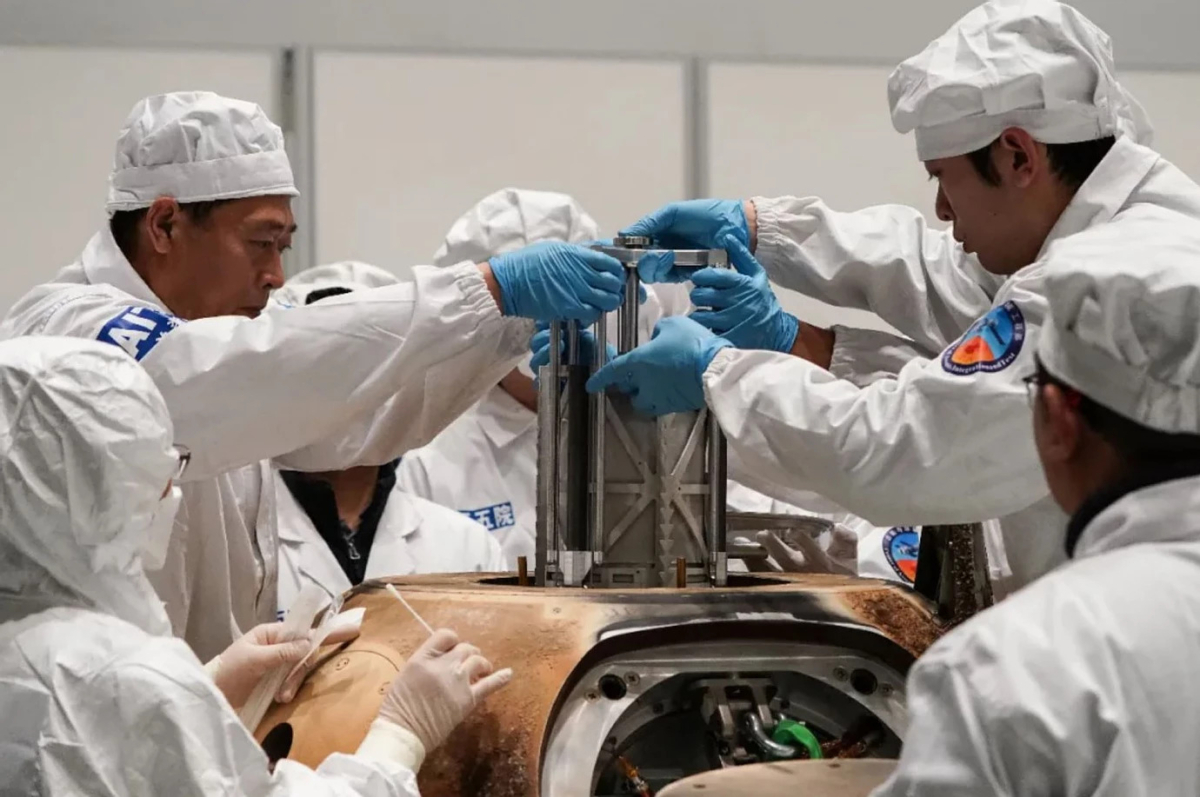
Precious moon samples brought back to Earth by China’s Chang’e 5 mission in 2020 have finally been shared with international researchers — but the law has made it difficult for U.S.-based scientists to receive any of the material. Earlier in May, British planetary scientist Mahesh Anand of the Open University in Milton Keynes travelled to…
-
Strongest solar flare of 2025 erupts from sun, sparking radio blackouts across Europe, Asia and the Middle East
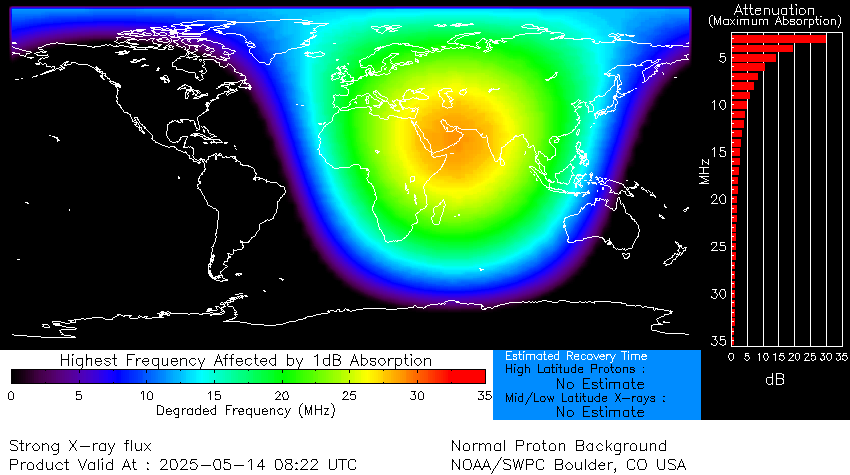
The sun roared to life early Tuesday (May 14), unleashing a powerful X-class solar flare from a newly emerging sunspot region AR4087. The eruption peaked at 4:25 a.m. EDT (0825 GMT), triggering strong R3-level radio blackouts across Europe, Asia and the Middle East — the sunlit side of Earth at the time — as sunspot…
-
After the Arecibo collapse in 2020, a lone NASA radar dish in the Mojave desert stepped up as a leading asteroid hunter
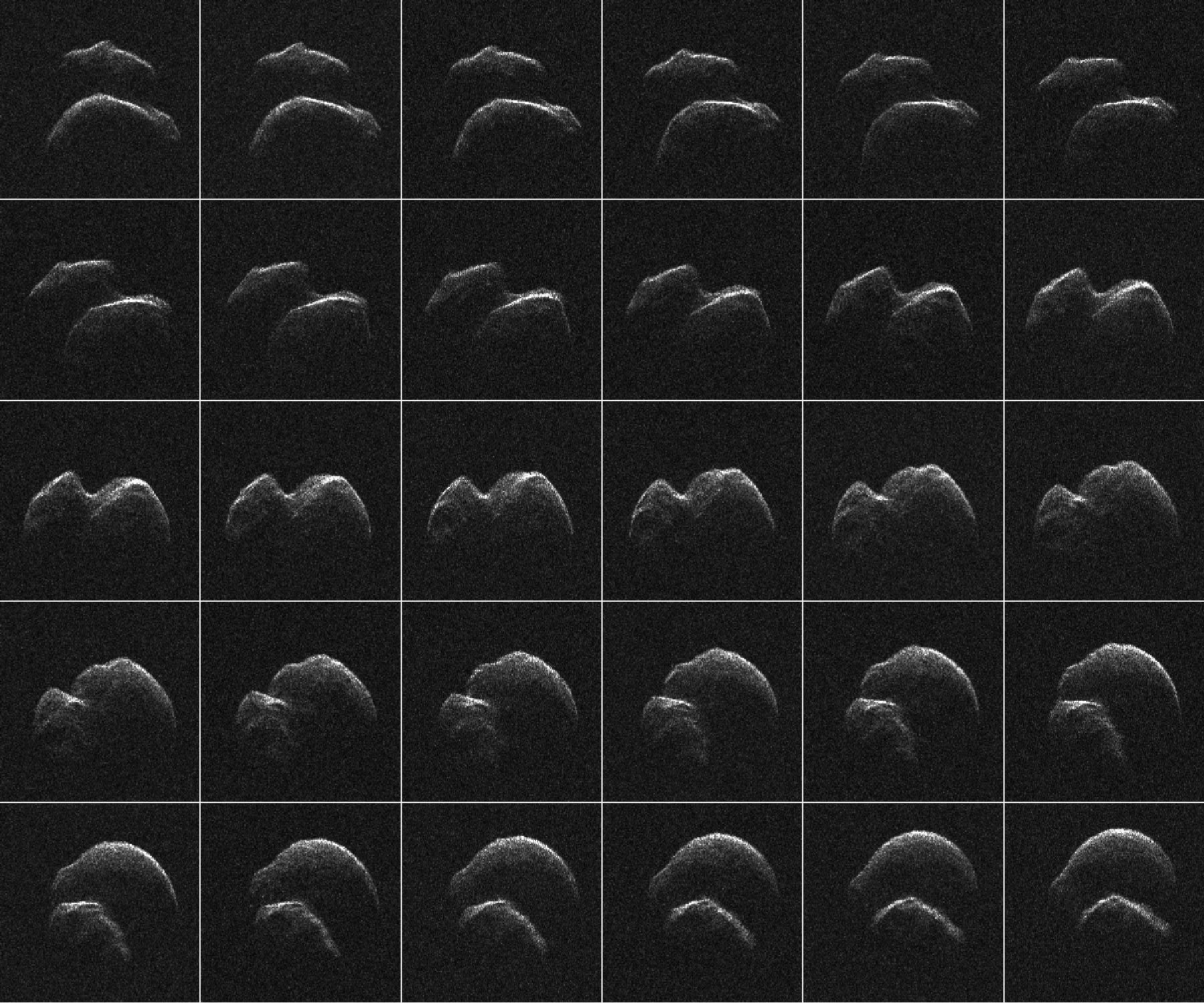
Rising out of the remote Mojave Desert, NASA’s Goldstone Solar System Radar is a solitary satellite dish that communicates with spacecraft. In its downtime, the facility’s antennas can track objects in space as they pass by Earth, improving measurements of their orbits that help scientists calculate if a particular target has a chance of colliding…
-
NASA’s Europa Clipper probe snaps ghostly thermal portrait of Mars en route to Jupiter
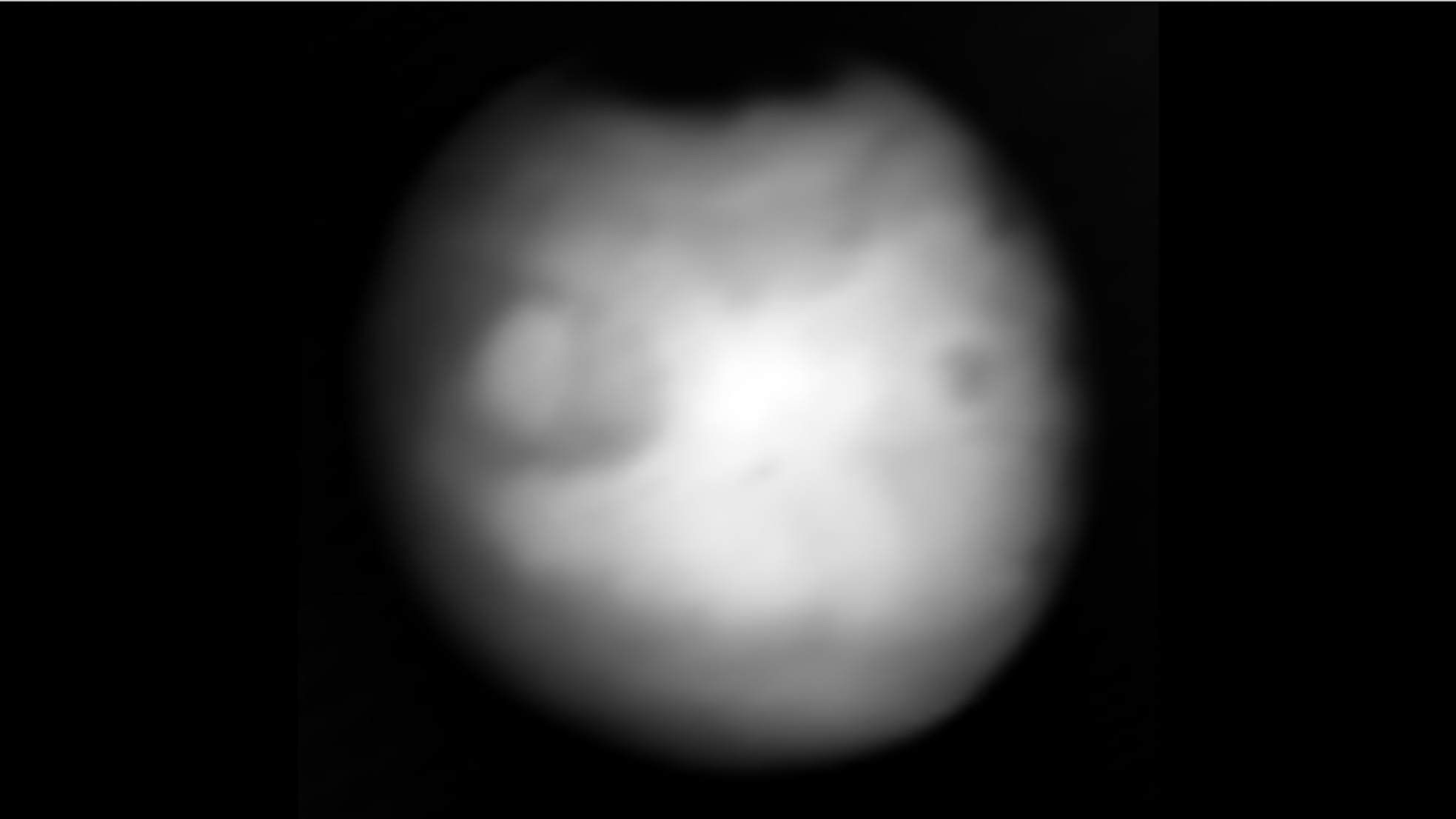
NASA’s Europa Clipper spacecraft, en route to Jupiter’s icy ocean moon Europa, recently captured a ghostly infrared portrait of Mars — a cosmic photo op that helped scientists fine-tune an instrument destined to investigate whether Europa can support life as we know it. The image, a blurry composite of more than a thousand grayscale snapshots…
-
A tiny glass bead from the moon offers clues to its hidden interior
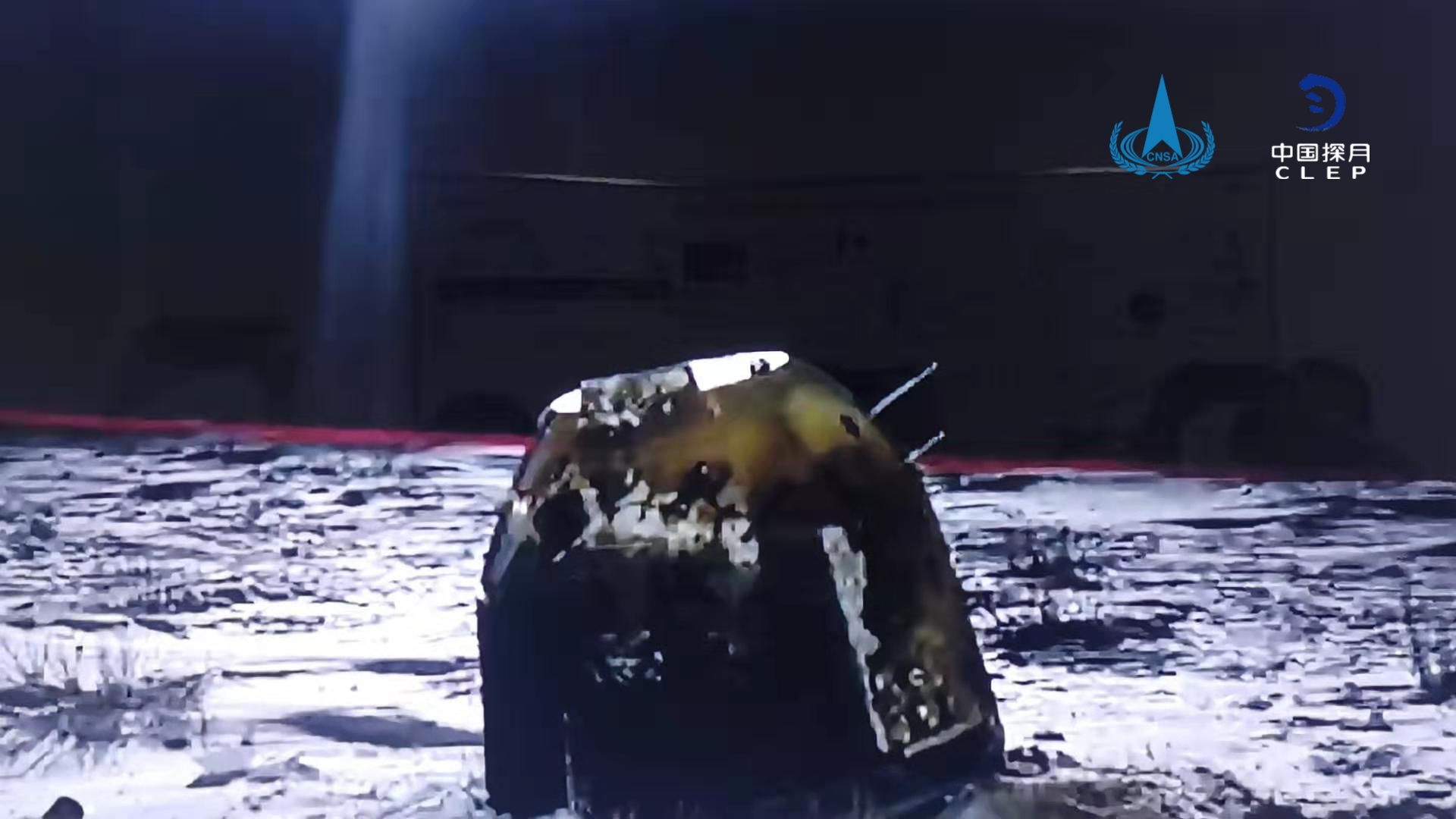
A tiny glass bead retrieved by China’s Chang’e-5 lunar mission is offering scientists a glimpse into the moon’s hidden depths and providing insight into the violent forces that helped shape the cratered landscape. The bead, just a fraction of an inch wide, was among the 3.7-pound (1.7-kilogram) cache of rock and soil collected by the…
-
Live 4K video from space! See Earth from the ISS with sharp-eyed Sen cameras
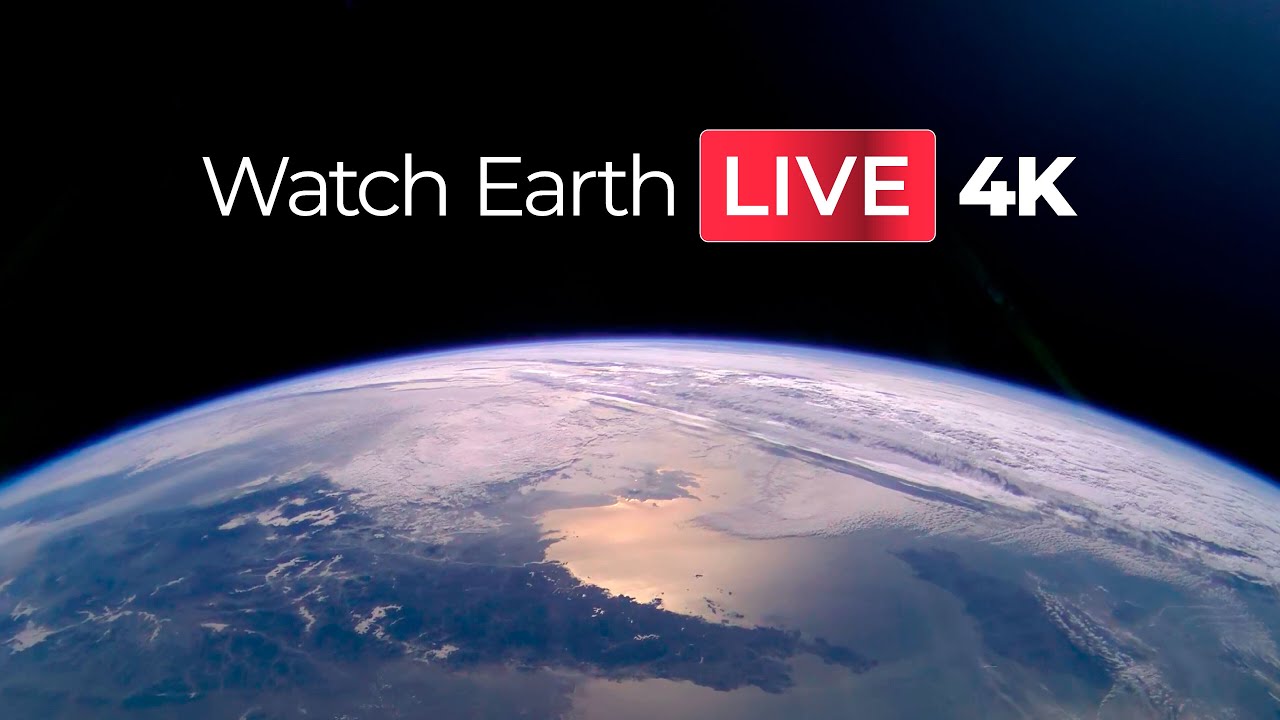
Live 4K video of Earth and space: 24/7 Livestream of Earth by Sen’s 4K video cameras on the ISS – YouTube Watch On Click play, go full-screen, lean back and enjoy. That’s how easy it is now to get lost in the absolutely stunning scape that is our planet Earth from space as it streams…